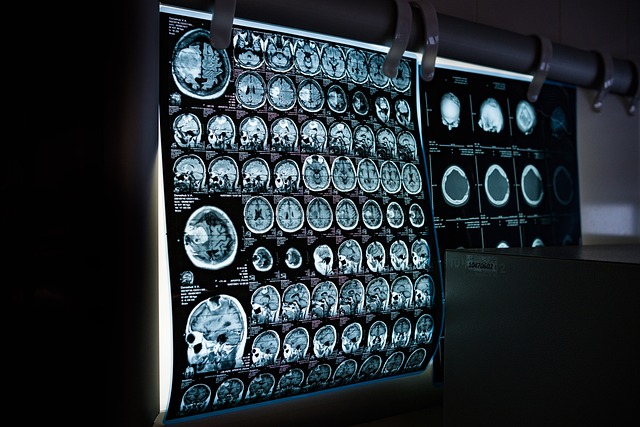Reducing administrative burden through automated documentation
Automated documentation tools are reshaping clinical workflows by reducing repetitive data entry, improving record accuracy, and freeing clinicians to focus on patient care. This article examines practical ways software features can reduce administrative burden while maintaining security, privacy, and compliance.

Healthcare organizations face growing documentation demands that consume clinician time and increase burnout. Automated documentation uses structured templates, voice recognition, and data integrations to capture clinical encounters more efficiently while preserving necessary detail. Implemented thoughtfully, these tools reduce redundant tasks, standardize notes across teams, and improve the speed of record completion without compromising data integrity or regulatory requirements.
This article is for informational purposes only and should not be considered medical advice. Please consult a qualified healthcare professional for personalized guidance and treatment.
How can EHR and EMR support documentation workflows?
Electronic health record (EHR) and electronic medical record (EMR) systems are central to automated documentation. Built-in templates, smart text, and macros reduce repetitive typing and help standardize clinical notes. When documentation is generated within EHR/EMR platforms, it links directly to structured fields—medications, allergies, orders—lowering downstream clerical work for coding, scheduling, and billing. Integration with clinical decision support can also prompt required fields to help maintain compliance and data completeness.
Can telehealth and telemedicine streamline notes?
Telehealth and telemedicine platforms can incorporate visit summaries and encounter capture directly into patient records, reducing duplicate documentation. Recordings, visit transcripts, and timestamped encounter metadata support more accurate notes and make remote appointments easier to reconcile with in-office workflows. Seamless transfer of telemedicine encounter data into the primary EHR/EMR reduces manual copy-paste, supports continuity of care, and helps billing teams identify visit types and modifiers for claims.
How does interoperability affect documentation?
Interoperability enables automated exchanges of patient data between systems, lowering manual re-entry. When labs, imaging, referral information, and prior visit summaries flow reliably into a clinician’s workspace, documentation can reference validated data instead of recreating it. Standards-based interfaces and APIs improve accuracy and save time, but successful interoperability relies on consistent data mapping and governance to ensure that incoming information populates the correct EHR/EMR fields for downstream analytics and reporting.
How do security, privacy, and compliance influence automation?
Automated documentation must preserve security and privacy while meeting regulatory requirements. Role-based access, audit trails, and encryption protect patient data during automated capture, transfer, and storage. Compliance workflows—such as mandatory consent capture, retention policies, and HIPAA-aligned controls—should be embedded so automation cannot bypass necessary safeguards. Regular risk assessments and vendor due diligence help ensure automation improves efficiency without increasing exposure to breaches or noncompliance.
What role do analytics, scheduling, and billing play?
Analytics applied to documentation workflows reveal bottlenecks and measure completeness, allowing targeted automation where it yields the greatest time savings. Automated coding suggestions and structured data capture simplify billing reconciliation and reduce denials. Integration between scheduling and documentation can pre-populate encounter context, while analytics dashboards track turnaround times for completed notes, enabling continuous optimization of staffing and workflows.
How can engagement, workflow, remote monitoring, and patient portal integrate?
Automated documentation extends beyond clinician notes to include patient-generated data from remote monitoring and patient portal communications. When wearable vitals, home monitoring logs, and portal questionnaire responses are mapped into the record, documentation can incorporate validated patient trends without manual transcription. Workflow automation that queues abnormal results for clinician review, or auto-populates routine follow-up instructions, reduces administrative overhead while maintaining clinical oversight and patient engagement.
Conclusion Automated documentation, when combined with interoperable EHR/EMR systems, secure design, and analytics-driven optimization, can significantly reduce the administrative burden on clinical teams. Attention to privacy, compliance, and proper workflow alignment ensures automation enhances record quality and operational efficiency without sacrificing patient safety or data protection. Thoughtful implementation focuses on measurable improvements in time spent on documentation, more complete records, and smoother coordination across scheduling, billing, and patient engagement systems.






